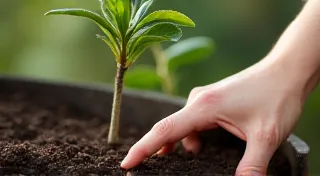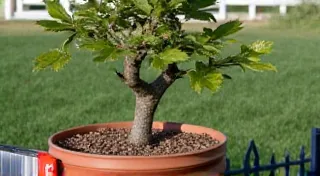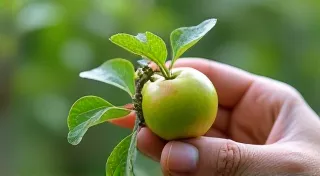Overwintering Your Dwarf Fruit Trees in Containers: A Regional Guide
Growing dwarf fruit trees in containers offers incredible flexibility – you can enjoy fresh fruit even with limited space! But with that portability comes a crucial consideration: how to protect them from the harsh realities of winter. Overwintering your dwarf fruit trees isn’t just about survival; it’s about ensuring they thrive and produce abundant fruit the following season. This guide breaks down the best practices for different climate zones.
Understanding Your Dwarf Fruit Tree’s Chill Hours
Before diving into regional strategies, understanding “chill hours” is key. Chill hours refer to the number of hours a fruit tree needs to experience temperatures below a certain threshold (usually between 32°F and 45°F, depending on the variety) to properly break dormancy and flower in the spring. Different fruit varieties (apples, peaches, plums, cherries, etc.) have different chill hour requirements. Knowing the chill hour requirement of your specific tree will help determine the level of protection needed. You can usually find this information from the nursery where you purchased the tree or through online resources specific to the variety.
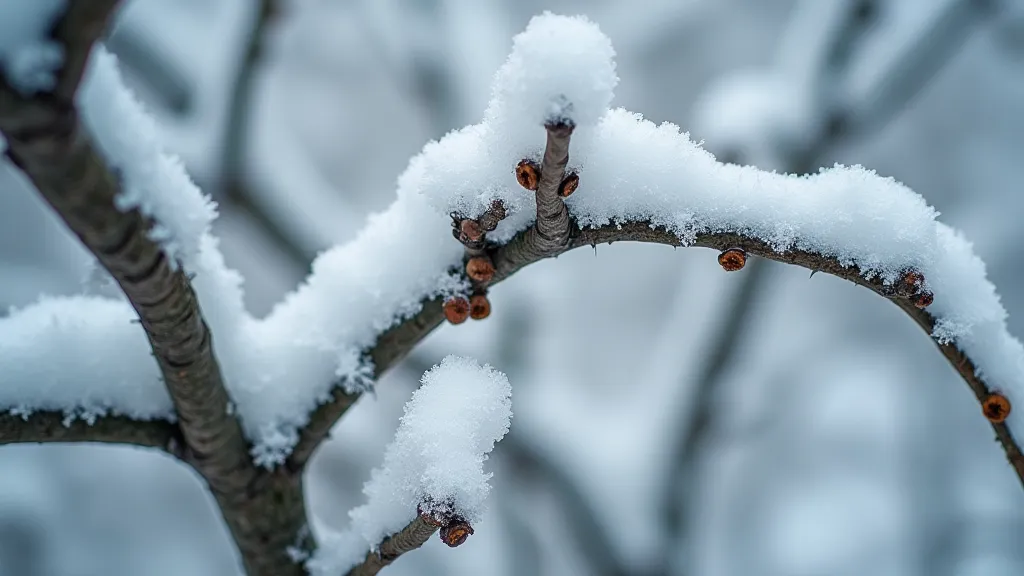
Overwintering Strategies by Climate Zone
Let’s break down the most effective overwintering methods for various climate zones:
Zone 1-3 (Very Cold Climates – e.g., Northern US, Canada)
These zones experience prolonged periods of freezing temperatures and heavy snowfall. Your dwarf fruit trees need serious protection!
- Garage or Shed Storage: This is the *best* option. The consistent cool (but not freezing) temperatures mimic ideal storage conditions. Ensure the trees receive some light (even artificial light) to prevent them from becoming overly leggy.
- Unheated Garage/Shed with Insulation: If storage isn’t possible, an unheated garage or shed, especially if insulated, is a good second option.
- Burying the Pots: In areas with exceptionally harsh winters, consider burying the pots in the ground and piling mulch around the trunks for added insulation.
- Wrap the Trunks: Wrap the trunks with burlap or tree wrap to protect them from sunscald and fluctuating temperatures.
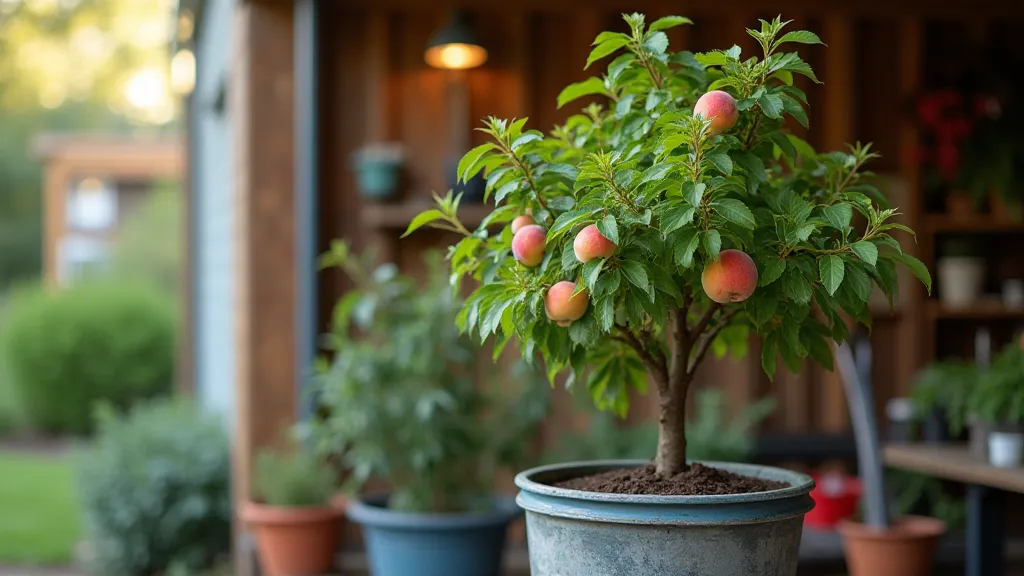
Zone 4-6 (Cold Climates – e.g., Midwest, Northeast US)
These zones experience cold winters but often have milder periods. A combination of strategies is usually effective.
- Move to a Protected Location: Relocate the trees to a sheltered spot against a south-facing wall or under an overhang to protect them from wind and direct sunlight.
- Mulch the Pots: Apply a thick layer of mulch (straw, wood chips, or leaves) around the base of the trees to insulate the roots.
- Burlap Wrap: As mentioned earlier, wrapping the trunks helps prevent sunscald.
- Consider a Cold Frame: A cold frame provides a mini-greenhouse environment for added protection.
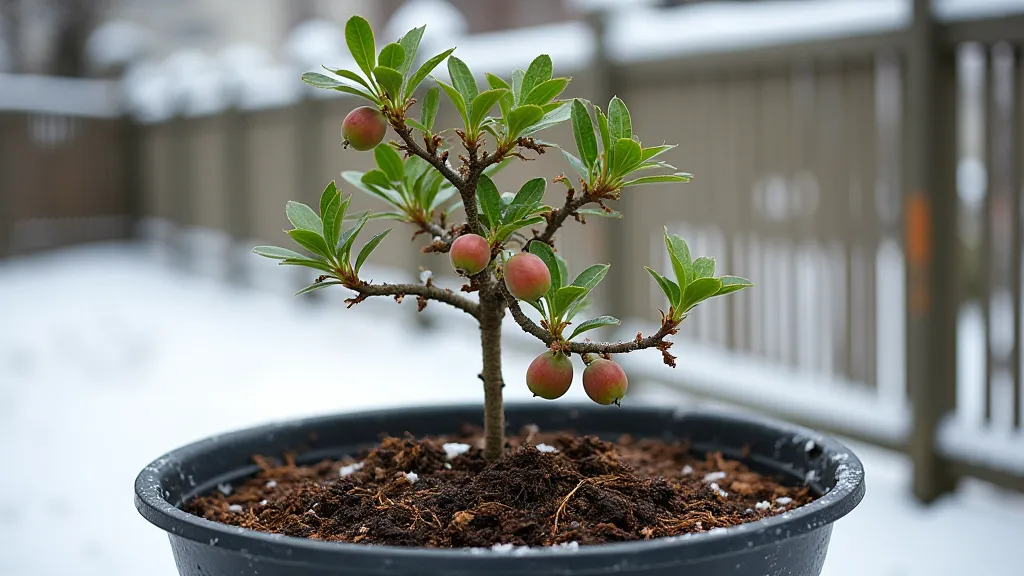
Zone 7-8 (Mild Climates – e.g., Southern US)
These zones experience mild winters with minimal frost. Overwintering is less critical, but still beneficial.
- Monitor for Frost: Be vigilant about frost warnings. Even mild freezes can damage fruit buds.
- Move to a Sheltered Location: If frost is predicted, move the trees to a protected location.
- Water Sparingly: Reduce watering during the winter months as the trees are less active.
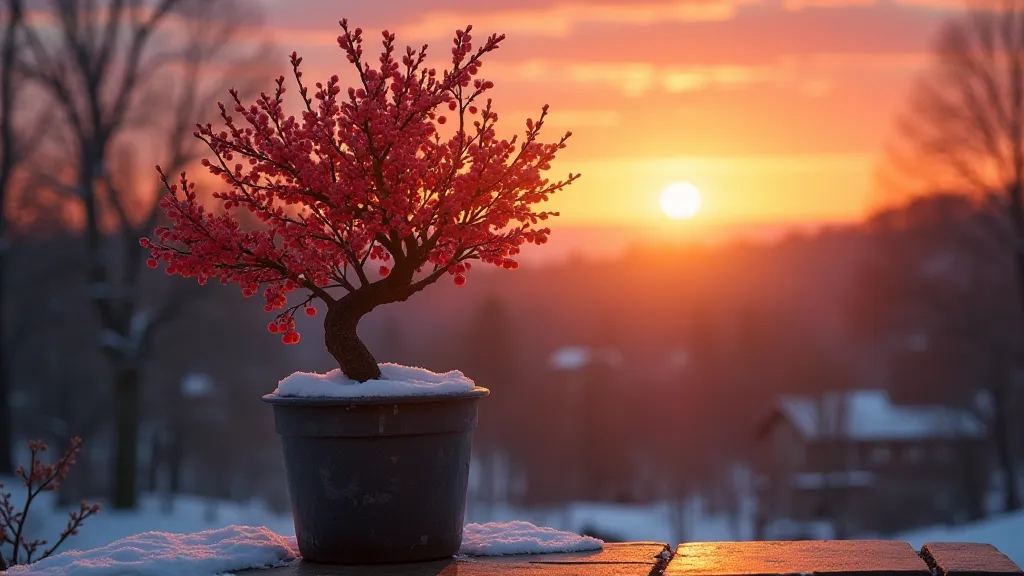
Zone 9+ (Very Mild Climates – e.g., Florida, California)
These zones often have virtually no freezing temperatures. Little to no special overwintering is needed, but protect from strong winds.
Important Reminders for All Zones
Regardless of your climate zone, remember these crucial points:
- Watering: Reduce watering significantly during the winter. Only water when the soil is dry to the touch.
- Fertilizing: Do not fertilize during the winter.
- Pruning: Avoid pruning in the fall or early winter. Wait until late winter or early spring, just before new growth begins.
- Pest and Disease Control: Check trees periodically for signs of pests or diseases, but avoid spraying chemicals unless absolutely necessary.
By understanding your climate zone and following these simple tips, you can successfully overwinter your dwarf fruit trees in containers and enjoy a bountiful harvest year after year!


